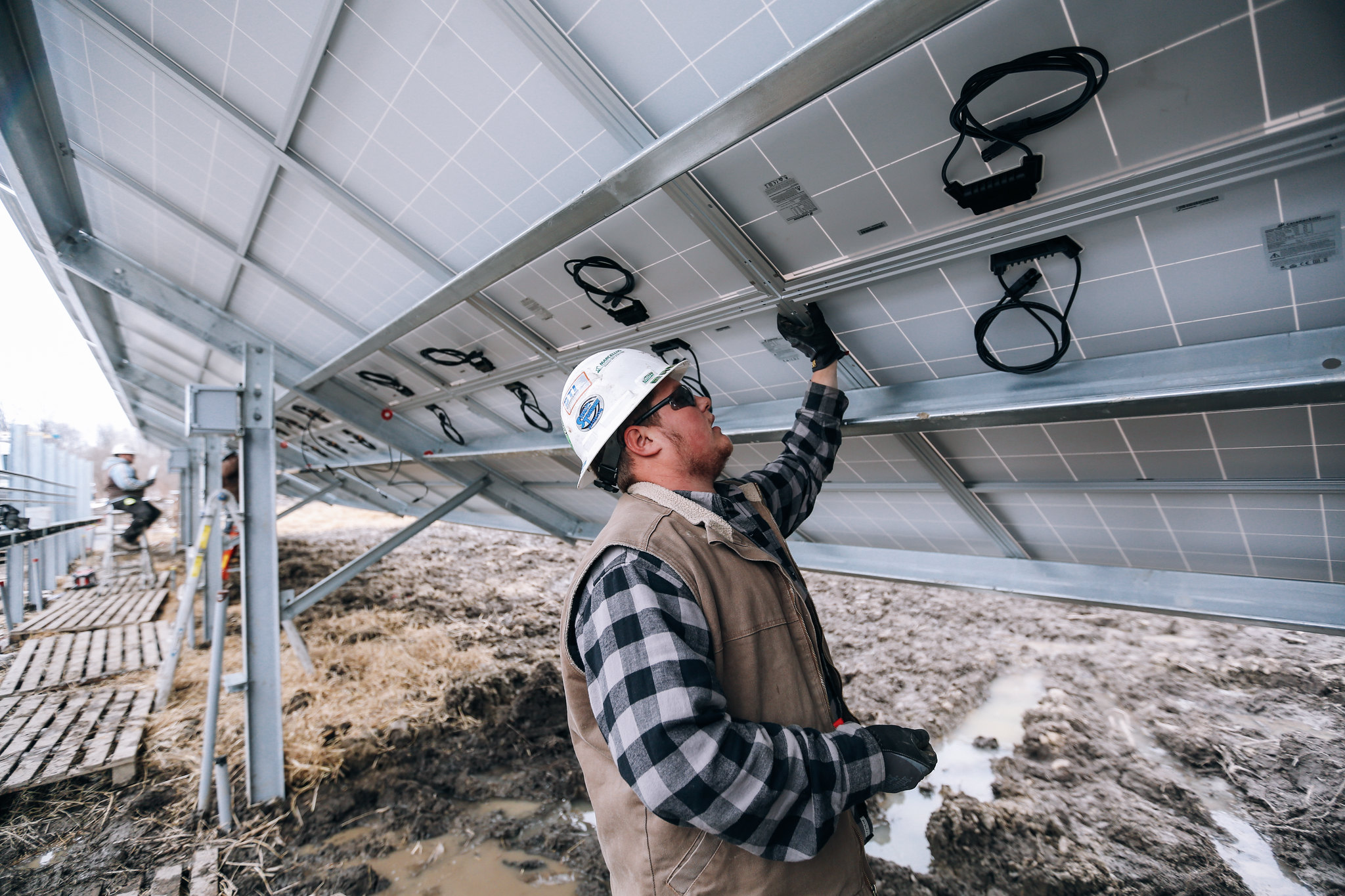The landmark regulations enacted by the Environmental Protection Agency this month to curb pollution from coal and gas-fired power plants will provide significant tailwinds for renewable energy and storage investments in addition to the carbon capture technologies the industry is basically required to adopt by the new guidelines.
These new rules will increase the cost of construction for new gas-fired plants and give utilities more incentives to build renewable energy, energy management, and energy storage capacity rather than new fossil fuel power generating assets.
This carrot and stick approach from the federal government also relies heavily on incentives from the Department of Energy through loans and loan guarantees from the Department of Energy’s Loan Program Office and various tax credit programs established by the Inflation Reduction Act and the Bipartisan Infrastructure Law.
The passage of the IRA in 2022 may also serve to insulate the Environmental Protection Agency from some of the legal challenges that could arise from the new rulemaking. That law specifically designates carbon dioxide as a pollutant that falls under the agency’s authority to regulate. And the inclusion of the provision was likely in part a response to a Supreme Court decision issued in June 2022, which limited the authority of the agency responsible for environmental protection.
Experts said that the new rules thread the needle between the Supreme Court challenges by removing advocating for specific technologies like Hydrogen as an alternative to natural gas, and by limiting the scope of its rulemaking to new gas-fired construction.
As Canary Media reports, the results of these “clean-up or close” rules will force utilities to take renewable energy seriously, because the economics of installing new gas plants will rise with requirements to install new carbon capture and storage systems.
In much of the Southeast, where plans for new gas power plants have been the most aggressive, the lack of appropriate geologic formations to store captured carbon presents a second and equally tricky problem.
It’s against this backdrop that the carrots on offer from the Department of Energy become even more enticing. The loan programs, tax credits, and other financing mechanisms that are meant to defray the large upfront costs of renewable projects begin to look even more appealing. And there are incentives to cut the costs of carbon capture systems as well — including an $85 tax credit for every ton of CO2 captured and stored.
The key to unlocking the development dollars from reluctant utilities will be proving out technologies like long duration energy storage, hydrogen, and new energy generation sources like geothermal, small modular fission nuclear reactors and fusion energy systems.
Projects are already underway across the country.
In energy storage, Hydrostor is continuing to develop a 500MW compressed air energy storage (CAES) facility in Kern County, Calif. While Form Energy, Invinity, EnergyDome, Echogen all received funding from the U.S. Department of Energy through the Office of Clean Energy Demonstrations to develop new long duration energy storage projects.
Form Energy has projects underway with at least four different utilities and electric cooperatives including: Dominion Energy, Xcel Energy, Georgia Power, and Great River Energy.
Meanwhile, the Aces Delta Project in Utah is the first large-scale hydrogen storage facility to be developed in the country and was among the first to receive financing from the rejuvenated Loan Programs Office after the passage of the Inflation Reduction Act and the Bipartisan Infrastructure Law. Other hydrogen projects are also in the mix including the massive projects financed in part by the Department of Energy’s Hydrogen Hubs initiative.
Nuclear projects are also seeing their day in the sun with both fusion and small modular reactor projects expected to begin pilot demonstrations by 2025.
Companies like NuScale Power, TerraPower, Oklo, X-Energy, Kairos, Westinghouse Electric, BWXT Advanced Technologies and others are working on pilot reactors that should be operational by the end of the decade.
Fusion energy systems are also on the horizon from companies like Commonwealth Fusion Systems and Helion Energy, which has a contract with Microsoft for an energy system slated for production in 2028.
In the near term, solar and storage are already the breakout winners for power generation. California has managed to power its grid using only renewable energy for hours on end over the past month and as the cost of solar and storage continues to decline, these projects will only become more attractive.

